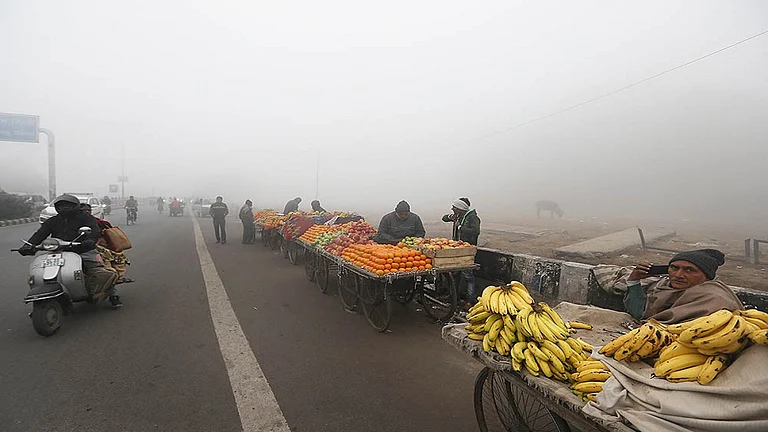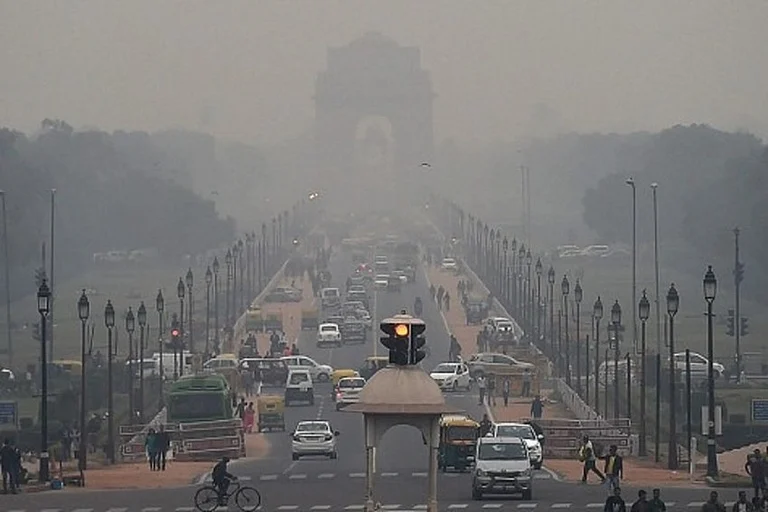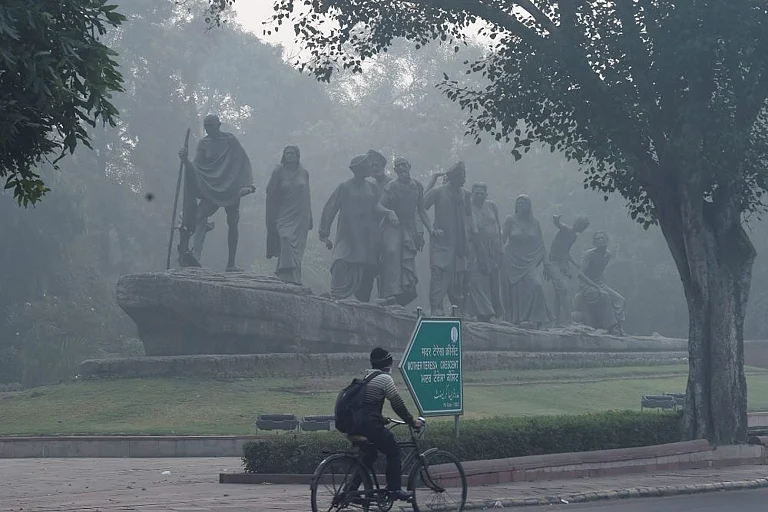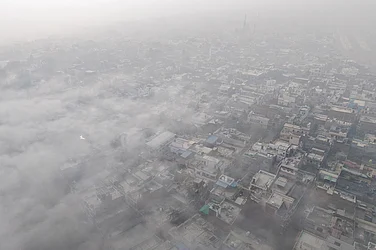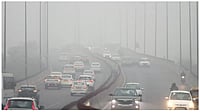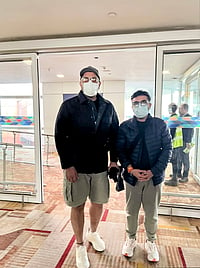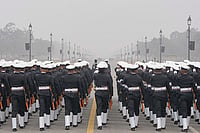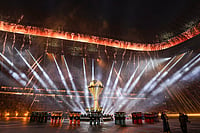
Delhi’s AQI surged from 362 to 425 due to stagnant winds and poor dispersion conditions.
The Centre invoked Stage III of GRAP, banning non-essential construction and restricting older vehicles.
Schools up to Class 5 have been advised to switch to online or hybrid mode as pollution worsens.
Delhi-NCR's air quality fell into the "severe" category on Tuesday, prompting the Centre to implement more stringent anti-pollution measures under Stage III of the Graded Response Action Plan (GRAP).
The Commission for Air Quality Management (CAQM) stated that the decision was made after Delhi's average Air Quality Index (AQI) increased significantly from 362 on Monday to 425 on Tuesday morning as a result of calm winds, a stable atmosphere, and unfavourable weather conditions that allowed pollutants to build up near the surface.
In addition to the measures already implemented under Stages I and II of GRAP, Stage III curbs are being implemented, which include a prohibition on non-essential building work and the shutdown of stone crushers and mining operations.
Under Stage 3, classes up to Class 5 must switch to hybrid mode. Wherever possible, parents and kids can opt for online learning.
Stage 3 restricts the usage of BS-III petrol and BS-IV diesel four-wheelers in Delhi and adjacent NCR regions. Individuals with disabilities are not covered.
During winters, the Delhi-NCR region enforces restrictions under GRAP, which categorises air quality into four stages - Stage I (Poor, AQI 201-300), Stage II (Very Poor, AQI 301-400), Stage III (Severe, AQI 401-450), and Stage IV (Severe Plus, AQI above 450).
Unfavourable meteorological conditions, combined with vehicle emissions, paddy-straw burning, firecrackers and other local pollution sources, lead to hazardous air quality levels in Delhi-NCR during winters.
With PTI inputs.






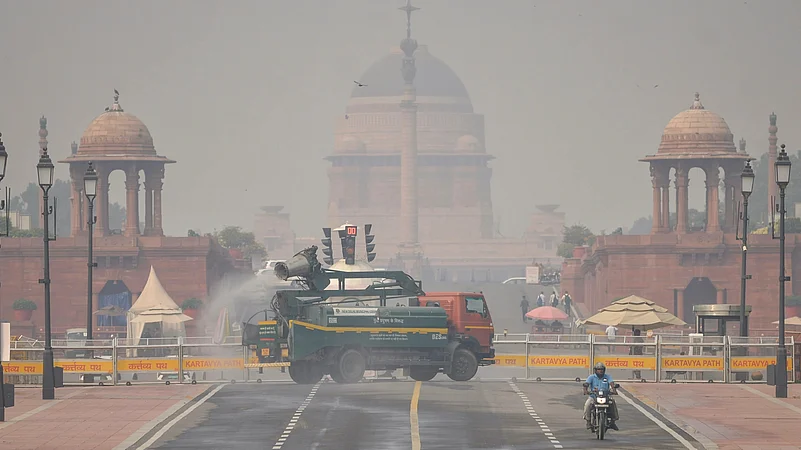
.jpg?auto=format%2Ccompress&fit=max&format=webp&w=768&dpr=1.0)

